-
TrackoBit
Manage commercial vehicles with the new-age Fleet Management Software
TrackoBit -
TrackoField
Streamline your scattered workforce with Field Force Management Software
TrackoField -
Features Resources
-
Blog
Carefully curated articles to update you on industrial trends. -
White Paper
Insightful papers and analysis on essential subject matters. -
Glossary
Explore an alphabetical list of relevant industry terms. -
What’s New
Get TrackoBit & TrackoField monthly updates here. -
Case Study
Explore the cases we solved with our diverse solutions. -
Comparisons
Compare platforms, features, and pricing to find your best fit.
-
About Us
Get to know TrackoBit: our team, ethos, values, and vision. -
Careers
Join the most dynamic cult of coders, creatives and changemakers. -
Tech Support
Learn about our technical support team and services in detail. -
Events
Check out the exhibitions where we left our marks and conquered. -
Contact Us
Connect with us and let us know how we can be of service.
National Logistics Policy Fueling Growth For Indian Logistics
- Author:Drishti Dua
- Read Time:8 min
- Published:
- Last Update: November 22, 2023
Table of Contents
Toggle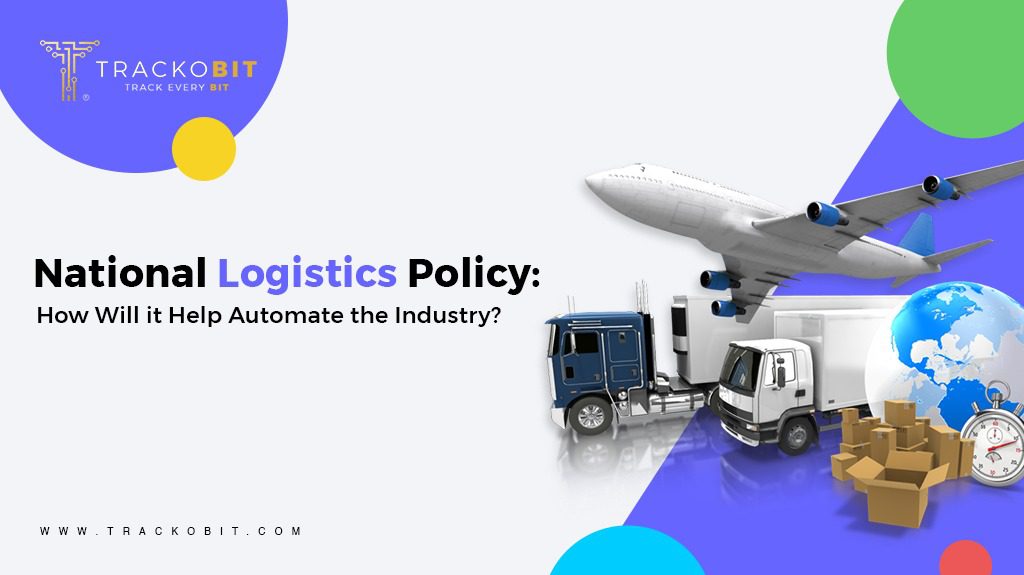
In his speech on 17th September 2022, the Prime Minister of India, Mr Narendra Modi unveiled the National Logistics Policy (NLP) which has been in formation for two years now.
Table of Contents
Toggle
Does this policy hold the potential to totally change our logistics sector?
“The launch of NLP will bring transparency through digital integration in addition to boosting speed and efficiency. It will enable fast-paced logistics infrastructure development, better coordination among multiple stakeholders, simplify processes and documentation and boost last-mile connectivity.” – Shahi Kiran Shetty, founder and chairman- Allcargo Group.
Let us learn the process that has opened the way for NLP to come into action seamlessly.
Transformations and Changes Through the Years
Every type of policy needs to be structured on a strong base. This is why the government dedicated the last eight years to build this foundation.
In the day and age of automation, data is the new currency of exchange. Therefore, one of the major objectives behind all these transformations was to collect proper data on the logistics industry.
Another reason for such rigorous reformation was the need to reduce logistics operations costs. Employment rate also played a major role in these decisions.
While automation in the industry is a sign of positive growth, the government had to ensure it did not take over jobs from citizens. Some of the advantages introduced by the government over the years were:
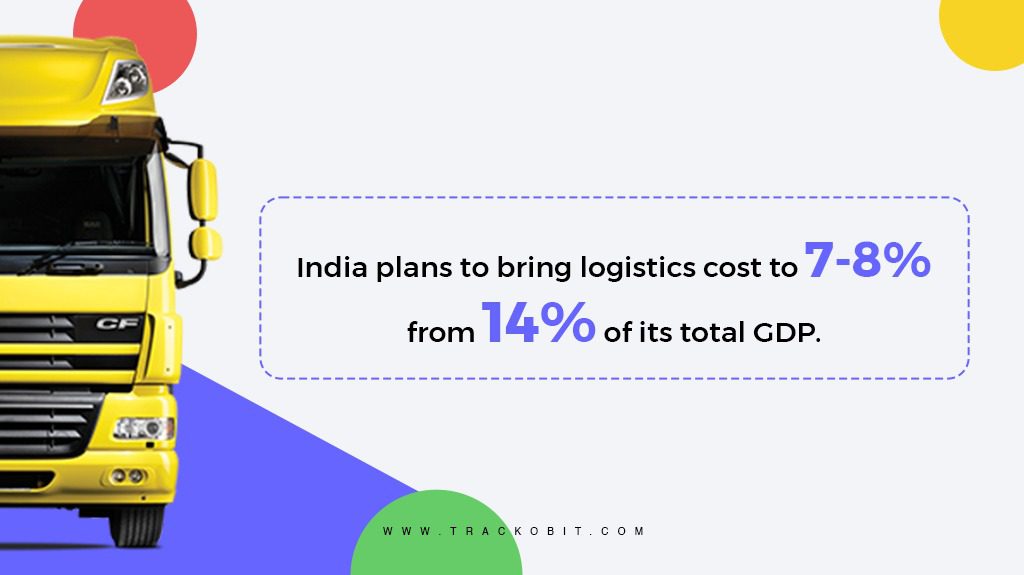
PLI Schemes
The finance minister announced an outlay of INR 1.97 lakh crores for this scheme. Spread across 14 key sectors, it aims to create national manufacturing champions in India. Thus, encouraging foreign brands to set up manufacturing units here, opening new employment opportunities for the logistics industry.
Multi-Modal Logistics Park
The decision to create new logistic parks was a way for the government to solve multiple issues. Such issues include clogged transport networks, a skewed mix of transport modes, and insufficient storage and handling facilities for in-transit commodities.
Ultimately the reason behind tackling these issues is to lower the logistics cost of the country. The government created a separate database with accessible information about these parks so that businesses do not have to waste resources due to poor storage facilities.
E-way Bill
This is the digitally issued proof of GST payment for goods being transported. It is necessary to have this proof while transporting goods worth more than INR 50,000.
Thus, drivers do not have to waste time registering and paying taxes for their goods manually, saving a lot of time. It also records the list of goods in the logistics industry, leading to a more open data circulation.
FASTag
Similar to the previous bill, FASTag is a prepaid service which eliminates the need for paying taxes manually. Instead, the toll is deducted from driver’s cars directly. This also makes travelling on highways much safer than before. ‘Time is money’ as they say. Thus, saving time can ultimately translate to monetary gains as well.
Faceless Custom Assessment
Focusing on simplifying cross-border trade, the Central Board of Indirect Taxes and Customs (CBIC) initiated several reform measures. This reduced the time previously wasted on the clearance of goods with automation’s help. Even though a pre-existing automated framework existed for these functions, this reform standardised it. Ultimately, this saved driver a lot of time
Gati Shakti Master Plan
All the transformations done over the years were finally clubbed under the ‘Gati Shakti’ Master plan introduced under the Union Budget of 2022.
This budget was the first glimpse India got into the large plans the government had for our logistics sector. Their aim was clear- to bring down the industry’s expenditure from 13-14% of the GDP. In comparison, several developed countries have an expenditure of 6-7% only.
Several new reforms were announced under this master plan as well, the most prominent one being the Unified Logistics Interface Platform (ULIP). Let us look into the details of this platform:
- Unified Logistics Interface Platform: ULIP is the interconnection of the IT systems of various union ministries, state departments, governing bodies, and private service providers. This system aids the logistics sector to save time previously spent researching. Instead, all the information related to the transportation sector is accessible via a single portal.
National Logistics Policy (NLP)
Previous transformations all focused on optimising several different aspects affecting the logistics industry. But with this policy, they have now created a holistic framework meant to help the entire sector not only save expenditure but also grow positively. Announced on 17th September 2022, the policy is set to take off using the runway built through continual transformation.
This policy has expanded the use of ULIP under the Gati Shaki Master plan. It reports that the system receives almost 1500 layers of data in total. Such a positive response alone can reveal the true potential the new policy holds to completely revolutionise our logistics operations.
Some of the most important features newly announced under this policy are:
- Integration of Data System (IDS): This integrates the data of 30 systems from 7 departments related to the transportation sector into one collective database.The collected information is available to all logistics players, including private businesses. In turn, this unifies document references in the supply chain, enhancing data exchange.
- Ease of Logistics (ELog): For the government to keep up with the logistics industry, it is very important to introduce a point of direct contact. This is why a portal has been created, namely ELog, for direct communication. It will implement time and resource efficiency, ultimately reducing the cost of operation.
- System Improvement Group (SIG): All the industry experts have been united under this policy to form a committee. The objective of this policy is to advise the government and aid the decision-making process affecting the logistics industry. This can be a major step to keeping the policy timeless, constantly adapting to the latest trends and needs.
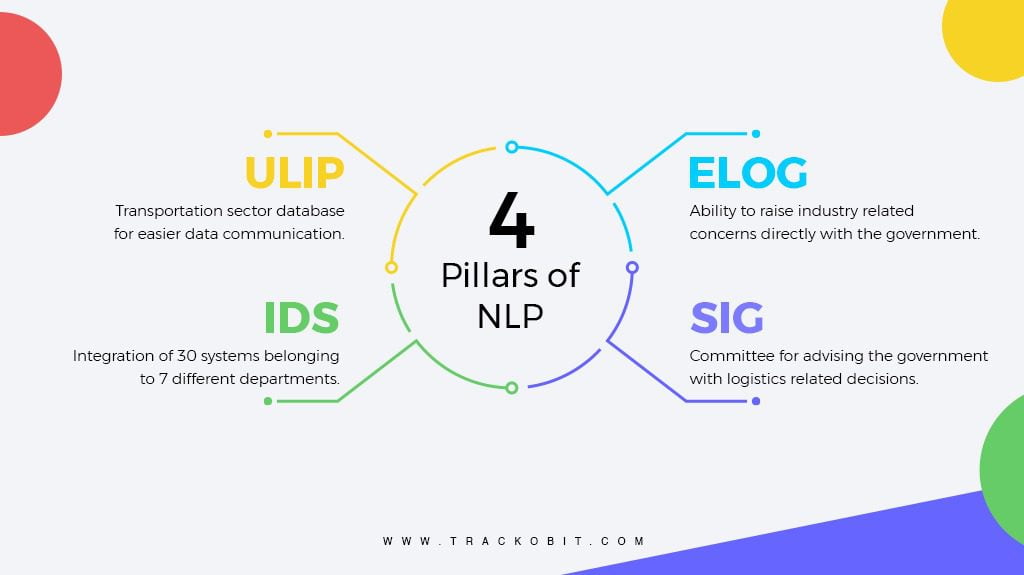
Comprehensive Logistics Action Plan (CLAP)
“Policy is just a beginning, policy plus performance is equal to progress” – Narendra Modi.
With ambitions of reducing logistics cost and bringing it to par with the global benchmarks by 2030, the government is looking to formulate a data-driven industry. Decisions taken after completely understanding the logistics ecosystem will make the industry much more efficient.
This is why the policy’s main parameters are set to be launched under an action plan. Focusing on harmonisation and standardisation, trade and transport facilities, digitalisation and skill development are central with this policy. Let us see the order of execution and the way this policy can benefit various logistics businesses:
1. Development of Unified Logistics Interface
Interlinking several data sources and developing a cross-sectoral use case for logistics stakeholders is the first step under NLP. It allows a better flow of data for logistics sector players, making it easier to operate.
To understand this better, let’s assume that a driver has to travel through the highways of three states. How can he keep up with the rules and regulations of each of these states?
He can then refer to the various databases optimised by the government for such information, making his travel simple and time efficient. This information can also be linked to any vehicle tracking software to allow drivers real-time access to information.
2. EXIM (Export-Import) Logistics Optimisation
Through the development of infrastructure for the logistics industry, the government can also boost the EXIM trade of the country. When huge companies start investing in India for manufacturing due to the PLI scheme, export of the country is bound to boost as well.
The telematics industry can also benefit from these reforms. It can aid data-driven decisions, making data collection and implementation of reforms easy.
3. Service Improvement Framework
Eliminating fragmentation in documentation is also a major task the government has to overlook. This is why so many data collection processes have been introduced over the years.
Drivers do not have to worry about wasting time collecting and submitting documents just to carry out their tasks. They can simply upload these documents online. This process also reduces instances of misplaced documents and human error during data storage.
4. Sectoral Plan for Effective Logistics
Under the NLP, the government aims to optimise not just the logistics sector of the country, but also several other sectors affecting this industry as a whole. This is why several of the projects executed over the years included transportation reforms. The building of airports, and enhancing water-way trade were some of the major advancements of this period.
Moving further, the government will continue this process. Elog is a way that the government can directly collect information on any problems harming the industry’s operations. Only then can they work on improvement.
In the End
Throughout this blog, we have mapped how data was slowly integrated into the logistics sector. To create a technology-driven operating system, the government laid out a long but secure plan. This plan has fared well for the industry so far. The industry experts have high hopes from NLP as well.
In a statement, CII Director General Chandran Banerjee said, “Reduced logistics cost and increased logistics efficiencies will energise the economy across sectors in multiple ways and take us many steps closer to emerging as a global manufacturing powerhouse.”
These advancements the government is anticipating in the future rely heavily on data-integrated operation methods. This process can be further simplified via the widespread use of fleet management systems. TrackoBit is a leading player in the market integrated with the best location and geospatial information-driven functions. It is set to transform the way LMD functions currently. So why not stay ahead of new trends and invest in the system right now?
Drishti Dua, a Content Contributor at TrackoBit has a rich background in literature and professional expertise in SaaS and technology writing. She has carved her niche in the space of Geospatial techn... Read More
Related Blogs
-
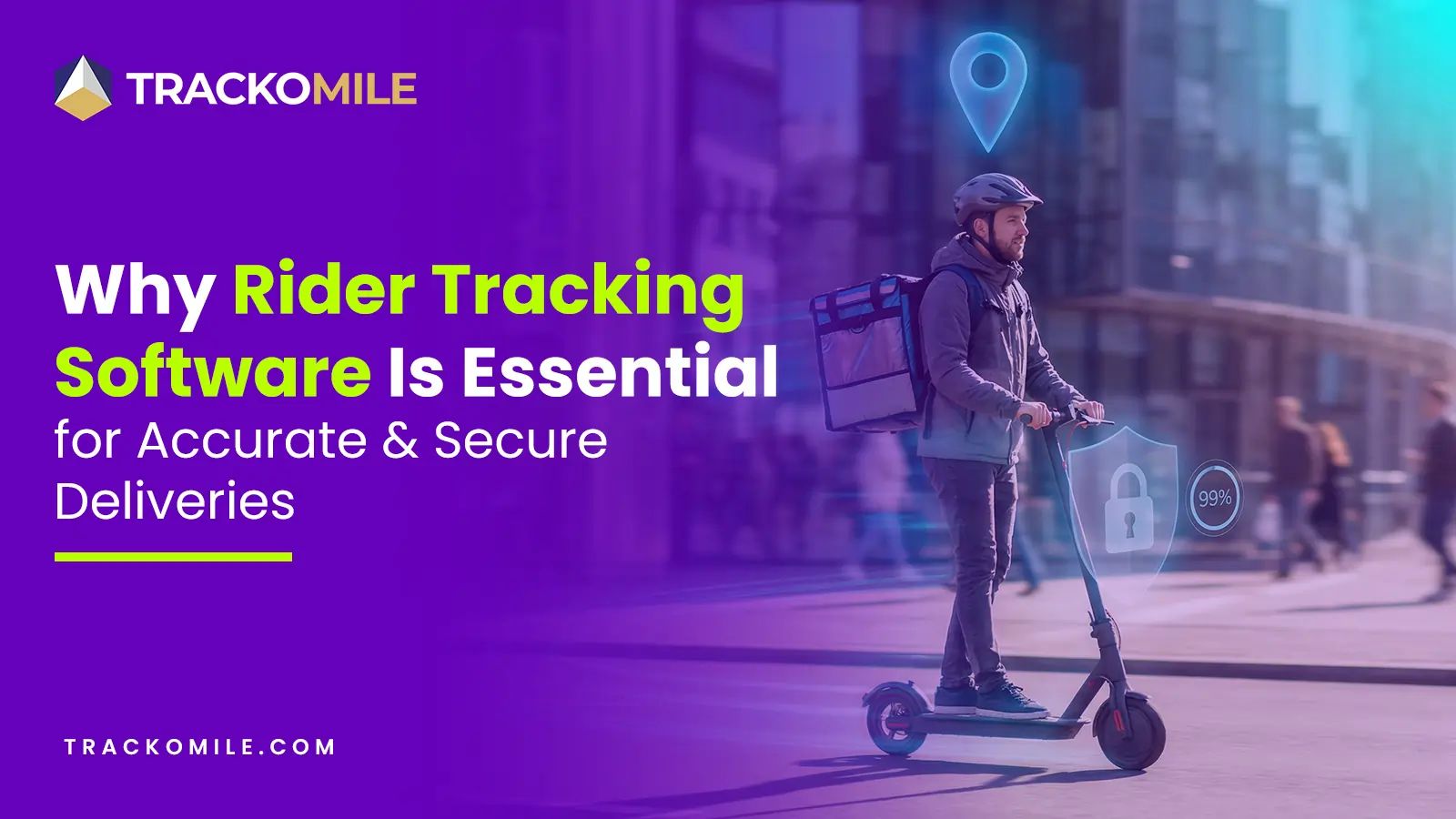
How Rider Tracking Software Improves Delivery Accuracy and Reduces Fraud
Tithi Agarwal December 8, 2025Rider tracking software improves delivery accuracy with real-time GPS visibility and automated ePOD. It also enables route optimisation and fraud…
-
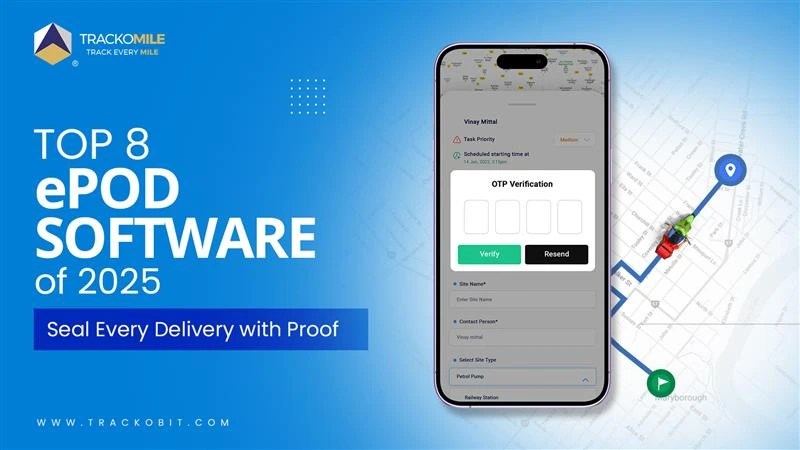
Top Electronic Proof of Delivery (ePOD) Software in 2026
Tithi Agarwal September 25, 2025Electronic proof of delivery has become the backbone of modern logistics. Explore the top 8 ePOD software in 2026 and…
-
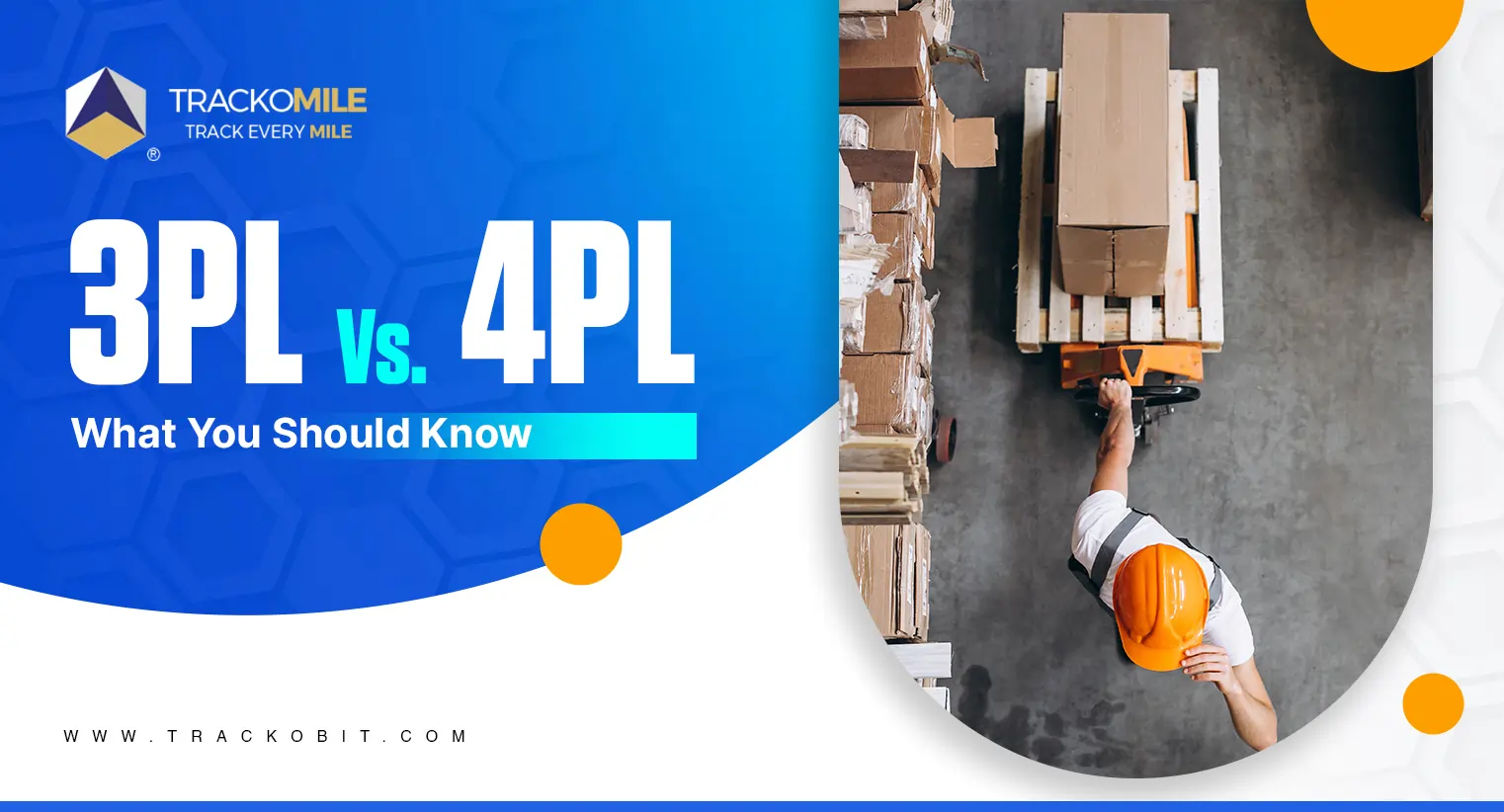
3PL vs. 4PL: Which is Best for Your Business?
Tithi Agarwal September 25, 2024Confused about choosing between 3PL and 4PL for your retail supply chain? Read this blog to find out which is…
-
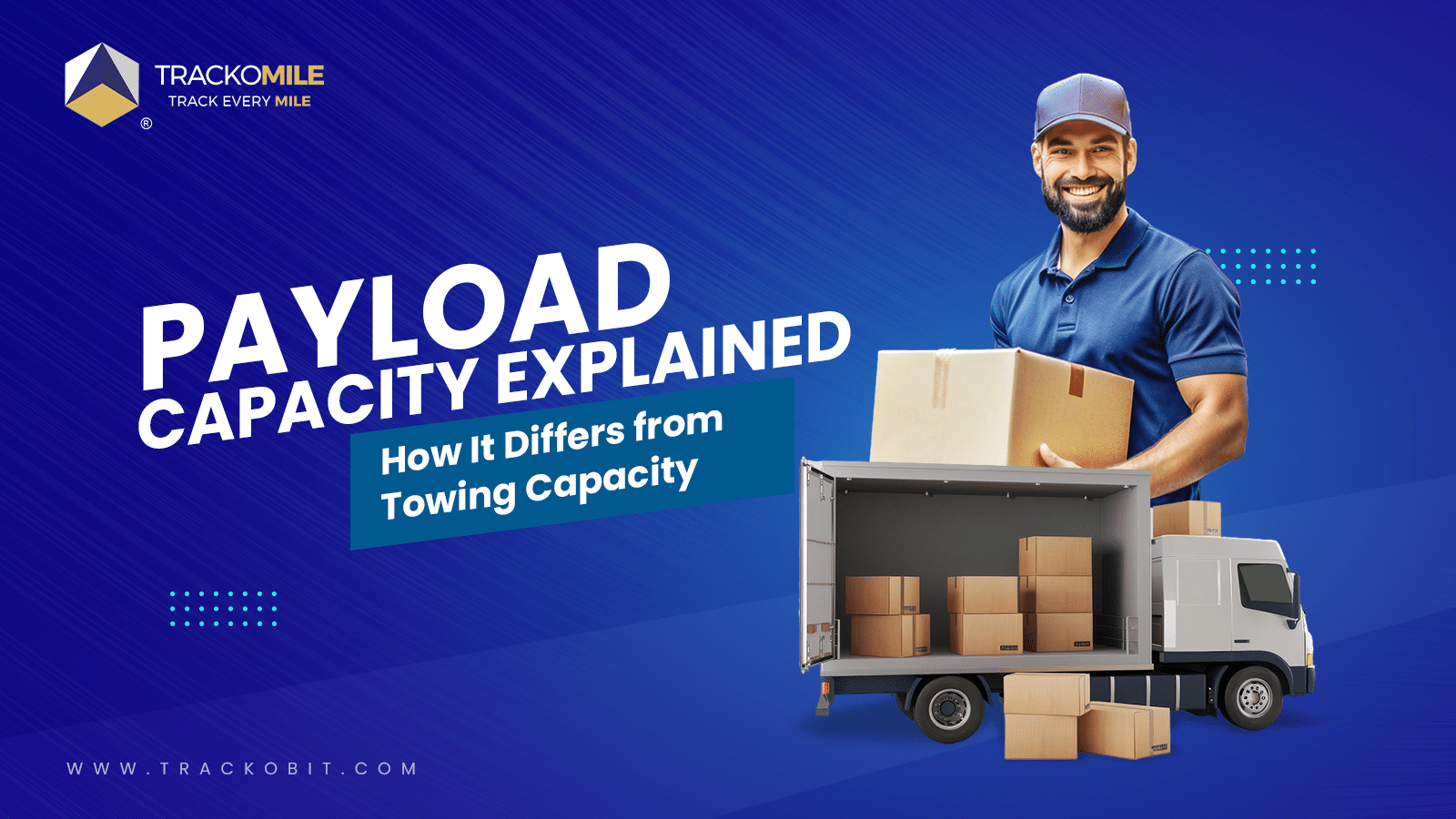
What is Payload Capacity? Payload Capacity Vs. Towing Capacity
Tithi Agarwal September 10, 2024Payload capacity is the total weight a vehicle can safely carry, and it is crucial for safety and compliance. Exceeding…

Subscribe for weekly tips to supercharge your last-mile delivery.
Your inbox awaits a welcome email. Stay tuned for the latest blog updates & expert insights.
"While you're here, dive into some more reads or grab quick bites from our social platforms!"Stay Updated on tech, telematics and mobility. Don't miss out on the latest in the industry.
We use cookies to enhance and personalize your browsing experience. By continuing to use our website, you agree to our Privacy Policy.

































